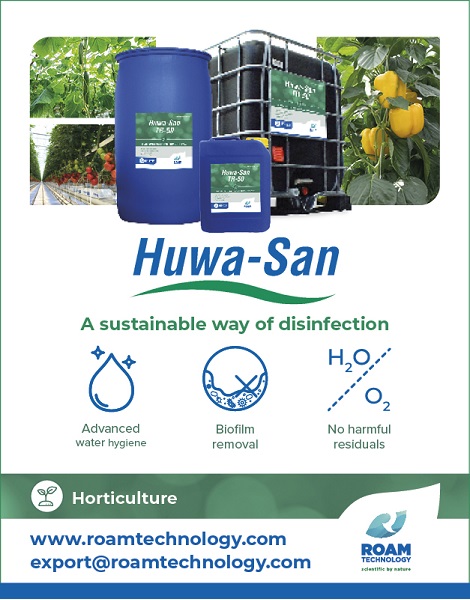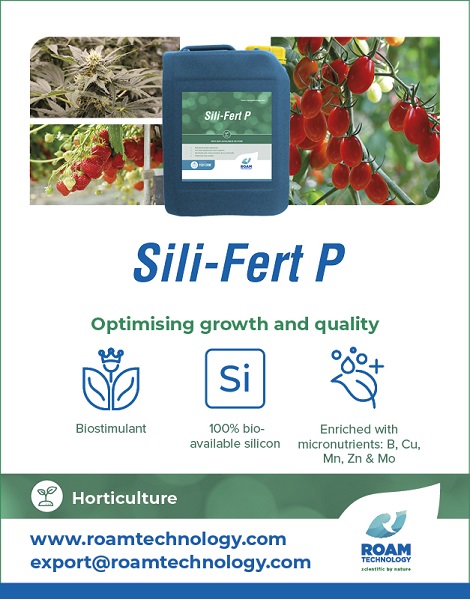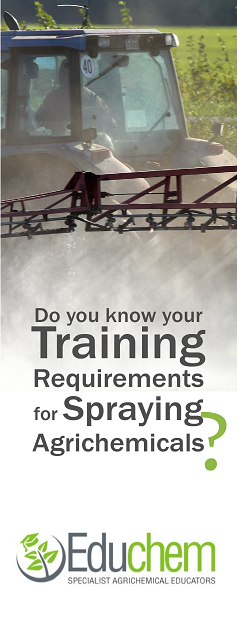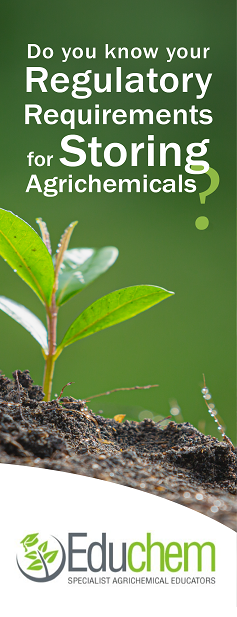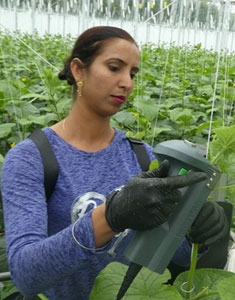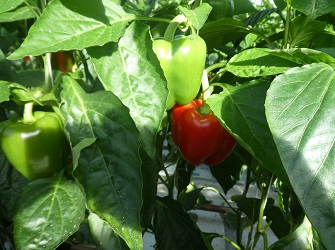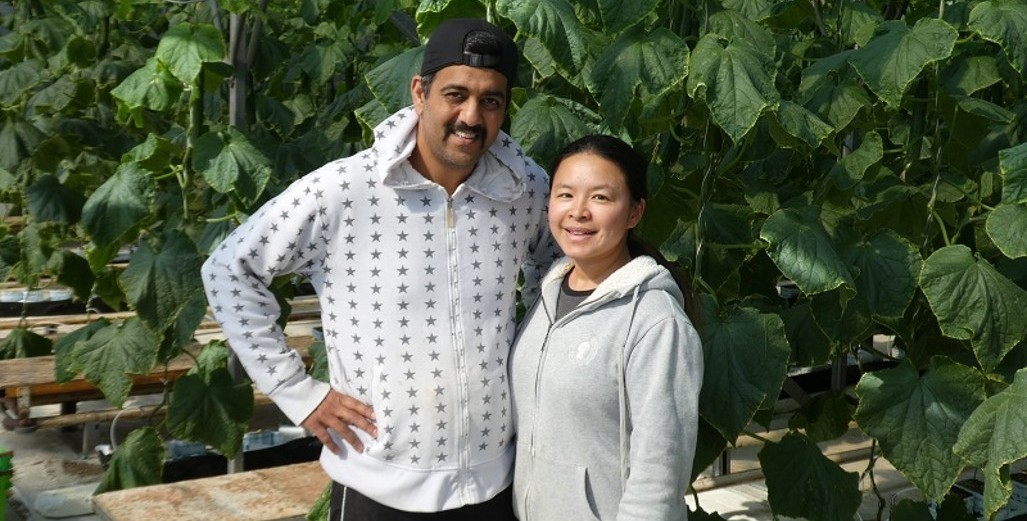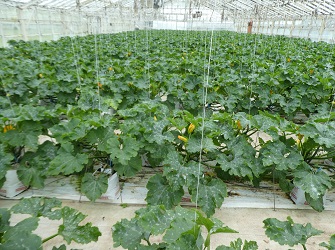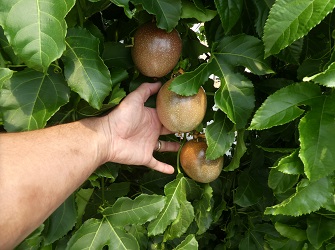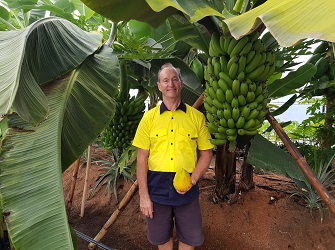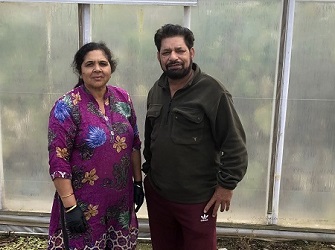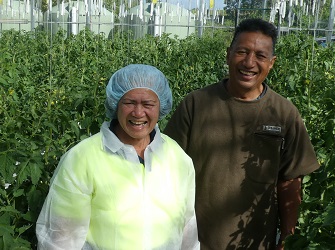Sign up here to subscribe to the Grower2grower Ezine. Every two weeks you will receive new articles, specific to the protected cropping industry, informing you of industry news and events straight to your inbox.
Mar 2023
Whitefly is still the number one insect issue for tomato and cucumber growers
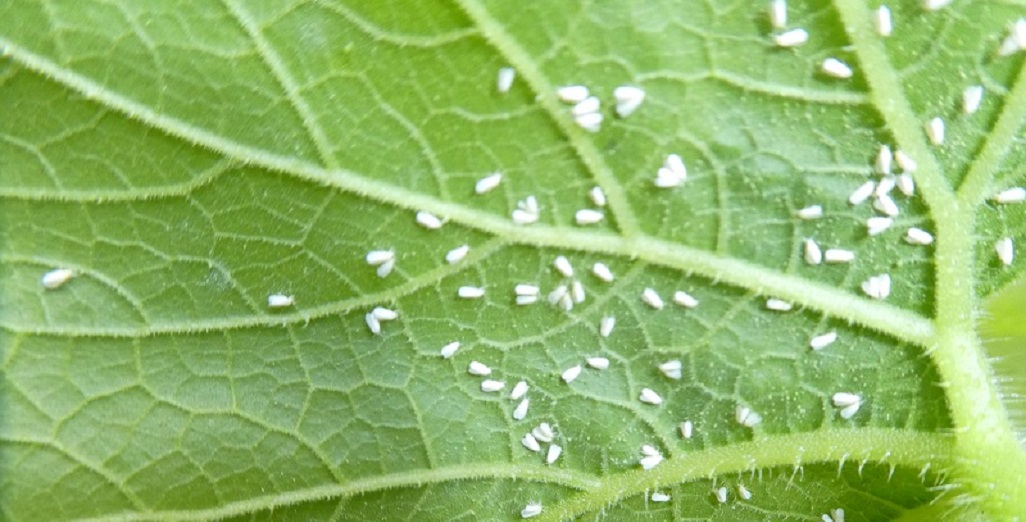
Have we done enough research into whitefly control?
Current whitefly pressure is too high for many growers. Last week, during two separate visits, I advised on whitefly control. I reviewed the controls each growers is using to minimise impact, the options available to both businesses have been exhausted. There are no more tools in the toolbox except to increase spraying. Currently the frequency of spraying is not at the point of causing obvious plant damage to either crop, but it is also not stopping the huge populations of whitefly.
It was obvious, on one of the crops, that the high number of whitefly, in the apex of the plant, had not all originated from the plants. The number of eggs on the underside of the leaves made it clear outdoor populations were coming into the glasshouse.
The damage whitefly inflict is easy to see in terms of sooty mould on the fruit and leaves, they suck energy out of the plant, therefore weakening the plants. What specific number of whitefly per plant is too high may be subject to variables such has crop stage, fruit load, time of the year etc. – without in depth scientific research it is impossible to know. I work on the principal one whitefly per plant is one whitefly too many.

Context:
Increase spraying is an option…. but when does too much spraying become counterproductive? The right balance is almost impossible to achieve; over-spraying, be it chemical or biological (including soaps or oils) will have detrimental effect on plant growth and eventually quality of the fruit.
The over use of chemical insecticides will lead to whitefly building resistance to the chemical – we have seen this time and time again.
Using natural predators such as Encarsia Formosa, provides the ideal solution, and for a short period in the 1990’s it did. Then came Russet Mite and then the Psyllid (TPP, Tomato Potato Psyllid) to spoil the party. Over time new chemistry and soaps/oils have helped but at certain times of the year outdoor populations of whitefly, surrounding greenhouses, repopulate crops within one to two days making any meaningful control impossible to achieve, not to mention disheartening.
Simply we do not have enough tools in the toolbox. It is highly frustrating after nearly thirty years in the industry as a grower and now advisor we are still battling the same issue without having alternative solutions.
The A Lighter Touch programme is hopefully going to help address whitefly issues and provide suggestions and solutions. Any research is welcomed.
I would like to know if it is possible to research potential measures such as:
- Whitefly mating disruption technology
- Mechanical interventions (air assisted techniques or sucking the suckers of the plants)
- Light interference/disruption technology
- How do different population levels of whitefly effect plant health during a crop cycle – could research measure potential loss in terms of production.
Automatic, unmanned spraying systems are becoming increasingly common in the greenhouses I visit. Unmanned operating equipment is also being developed to carry out other tasks in the glasshouse so it is conceivable this technology could be key to providing other whitefly control opportunities in the future.
I am interested in growers’ thoughts and what they would like industry to consider moving forward. Engagement from growers is key for identifying what they want prioritised. Please e-mail stefan@grower2grower.co.nz with your feedback.
Article written and compiled by Stefan Vogrincic
All Article’s checked and edited by Marie Vogrincic. For all media releases please send to marie@grower2grower.co.nz or upload directly: https://www.grower2grower.co.nz/article-form/
I appreciate your comments. Please feel free to comment on the grower2grower Facebook page or email: stefan@grower2grower.co.nz
https://www.facebook.com/StefanGrower2grower/
CLASSIFIED
Photo
Gallery
Subscribe to our E-Zine
More
From This Category
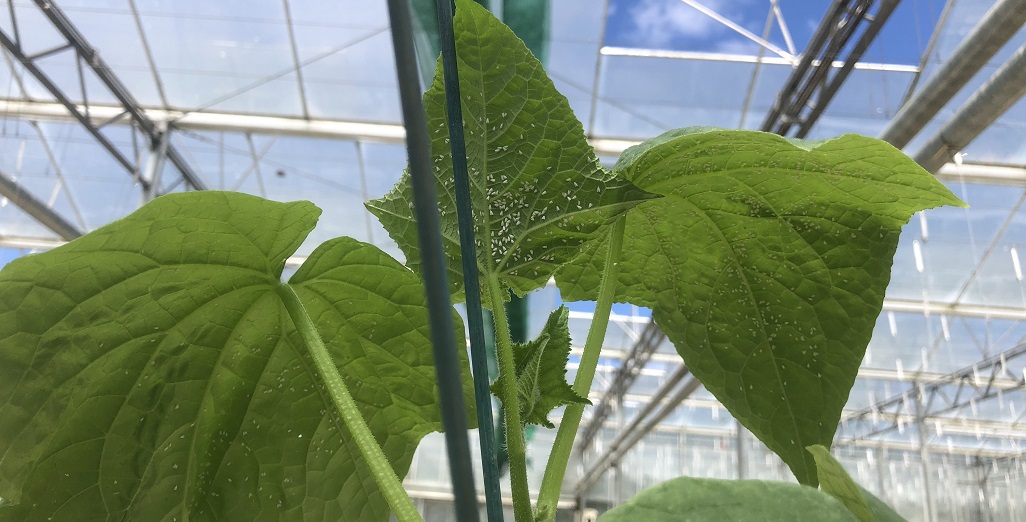
Starting on the back foot
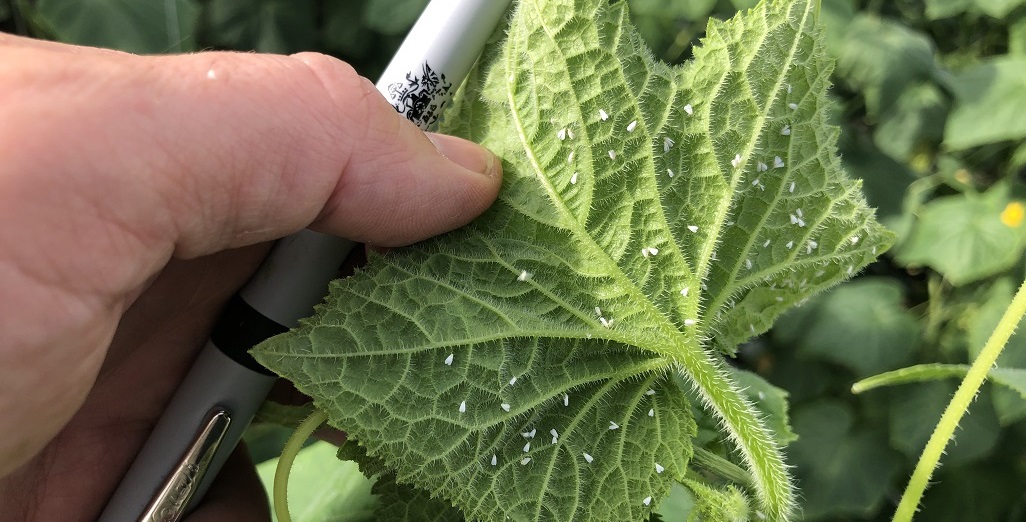
(Best of 2023) RNA-based disease control in protected cropping environments. Anne Sawyer presents at the PCA Conference (Best new development PCA 2023)

(Best of 2023) Aphid infestation on cucumber crops

LimoMax, a new predator for insect control in greenhouses and outdoor crops.

Aphid infestation on cucumber crops







